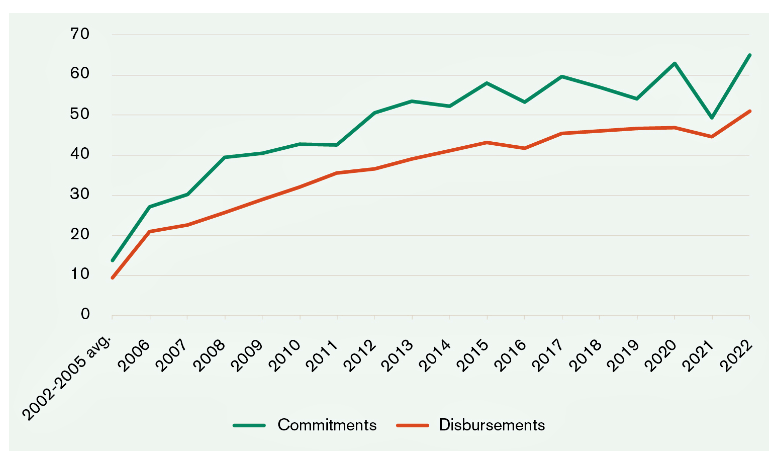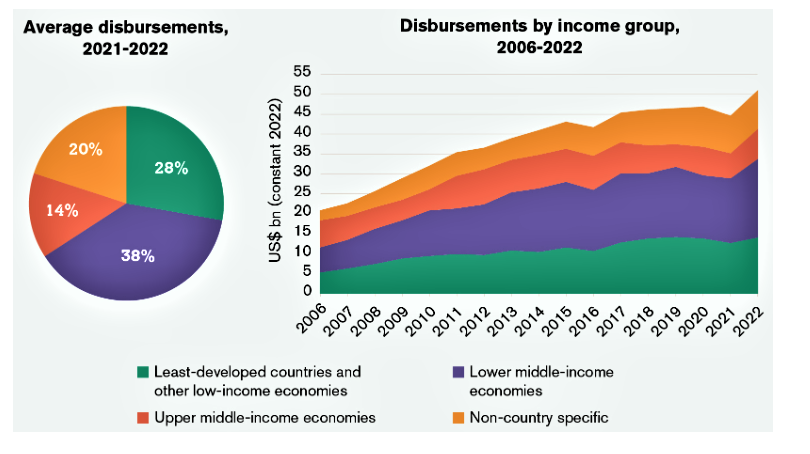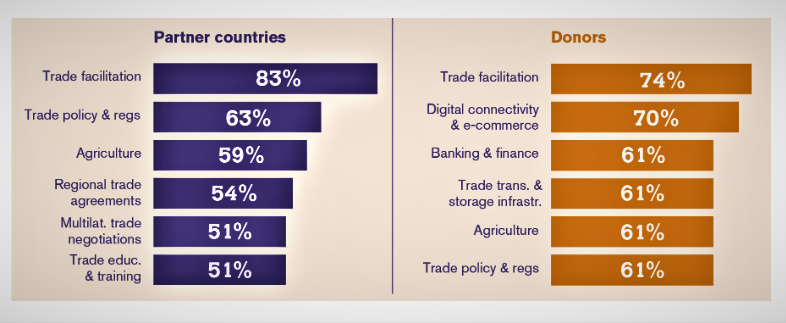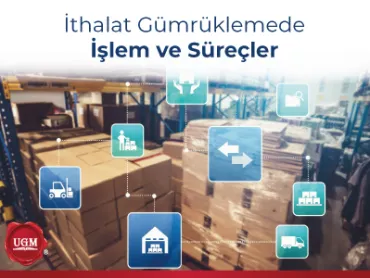
USD 648 billion fund helps integrate developing economies into global trade.
The WTO-led Aid for Trade Initiative' has contributed USD 648 billion since 2006 to strengthen the export potential of developing economies and least-developed countries (LDCs). The Initiative's impact on improving these economies' capacity to trade is set out in a new publication, "Aid for Trade 2024 at a Glance", published on 26 June by the WTO and the Organization for Economic Cooperation and Development (OECD).
The publication uses the results of a survey of developing economies to identify their priorities for 'Aid for Trade' financing. It also provides an overview of financing flows and examines how this financing is helping developing economies, particularly LDCs, use trade to encourage economic growth, sustainable development, and poverty reduction.
Aid for Trade presents a significant opportunity for developing economies and LDCs to build more resilient, inclusive, and sustainable economies through the transformative power of Trade. It promotes the integration of these economies, particularly LDCs, into the multilateral trading system and aims to mobilize support for building supply-side capacity and trade-related infrastructure. However, more needs to be done to help these regions take full advantage of the new trade opportunities arising from digital technologies and the green transformation.
Payments and Commitments at All-Time High
The latest data reveal a promising future for aid for Trade initiatives, with a significant increase in both payments and commitments compared to 2022, now exceeding pre-pandemic levels. In real terms, disbursements have risen by 14 percent year-on-year to an all-time high of USD 51.1 billion, a significant milestone that underscores the positive trend in aid for trade initiatives. The most notable growth is in commitments, which have surged by 31 percent to a peak of USD 65 billion. This robust growth in commitments is a testament to the confidence and optimism in the future of Aid for Trade initiatives.

Aid for Trade Donors
More than 55 percent of 'Aid for Trade' is provided by bilateral donors, mainly OECD Development Assistance Committee member countries. The remaining financing is mostly provided by multilateral donors such as the World Bank and the Asian Development Bank. Looking ahead to 2022, the largest donors include Japan (USD 11.1 billion—about one-fifth of total Aid for Trade disbursements), followed by the World Bank (USD 7.9 billion) and the EU institutions (USD 6.8 billion).
Aid Destinations for Trade
Africa and Asia are the main geographic destinations of Aid for Trade, accounting for 70 percent of total flows. By income level, it's important to acknowledge that lower-middle-income economies are the main recipients of Aid for Trade, receiving USD 19.8 billion (38 percent of total disbursements) in 2022. They are followed by LDCs and other low-income economies with USD 14.1 billion (28 percent). LDCs have received a total of USD 189 billion in Aid for Trade since 2006.

Impact of the 'Aid for Trade' Initiative
One of the cornerstones of the "Aid for Trade" initiative is the monitoring and evaluation (M&E) exercise organized by the WTO and the OECD. This exercise brings together the responses of donors, recipients, known as partner countries, and others to self-assessment surveys.
The responses to the survey confirm that trade remains a vital tool for advancing the global development agenda. According to partner countries surveyed, the areas where 'Aid for Trade' has had the most impact are trade facilitation, support to trade policies and regulations (including regional trade agreements and multilateral trade negotiations), agriculture, and trade education and training. Donors have also identified trade facilitation and agriculture as the most impactful areas. In addition, donors note that 'Aid for Trade' has positively impacted digital connectivity and e-commerce, demonstrating its relevance and positive influence in the digital age.

“The Aid for Trade at a Glance report reaffirms the importance of using trade as a force for development. By investing in Aid for Trade, the international community can unlock new growth opportunities, create jobs, and promote inclusive development. Looking to the future, it is crucial that the Aid for Trade initiative remains relevant to changing needs and realities and continues to contribute to a more inclusive and sustainable multilateral trading system.
 Back
Back







